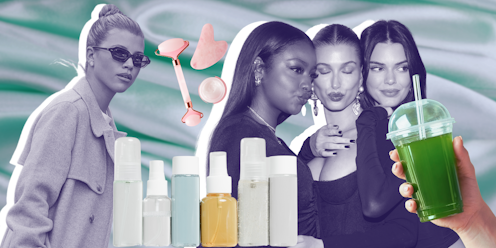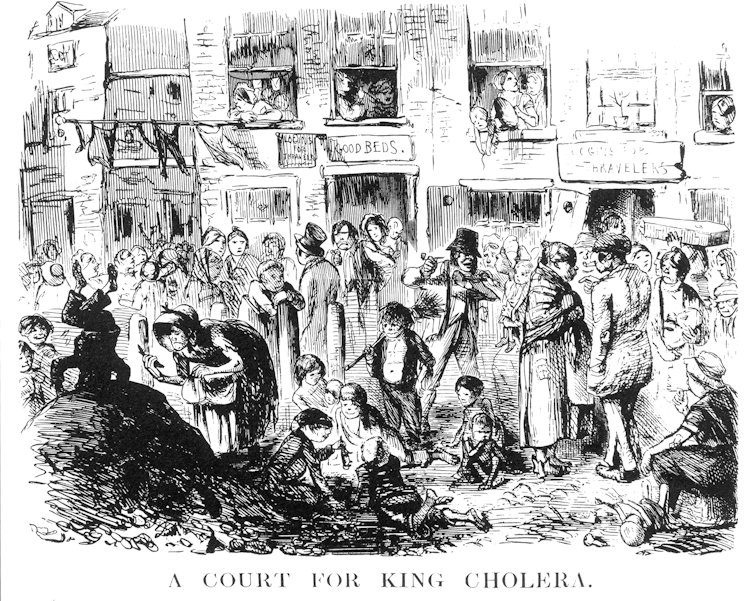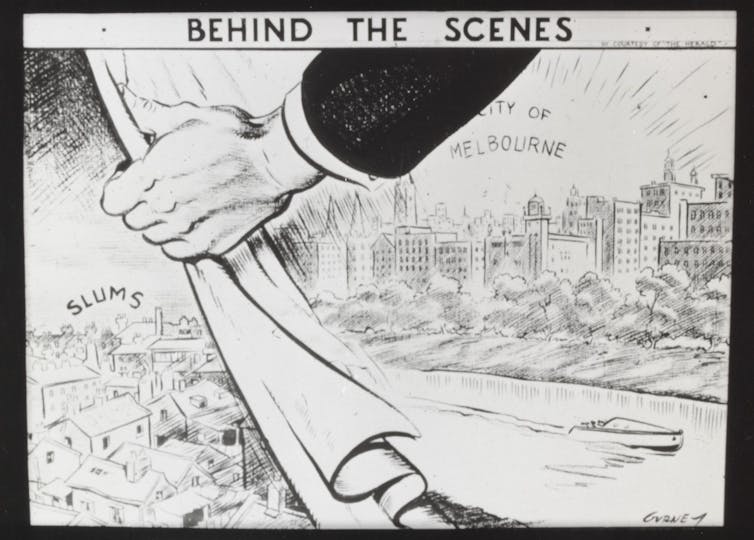
On TikTok, “old money” and “clean girl” aesthetics are trending, with over three and four billion views respectively. Content tagged #cleangirlaesthetic and #oldmoneyaesthetic proliferates on the platform.
Clean girl and old money aesthetics are presented as aspirational trends achieved through living the associated lifestyle – cultivated from the inside out through diet, light exercise, skincare, hair care, nail care and practices of personal hygiene.
Even scent and the way one organises and manages their time contribute, in different ways, to clean girl and old money aesthetics.
These aesthetics are informed by a much larger history in which the performance of hygiene was entangled with ideas of class and race.
What are clean girl and old money aesthetics?
The clean girl aesthetic can be traced to this TikTok in which a user named xolizahbeauty instructs her audience on how to achieve the look of “those girls that always look clean”.
This highly gendered and racialised aesthetic implies slimness, flawless and dewy skin, plump and glossy lips, smooth and sleek hair, light (or “no makeup”) makeup, a fresh scent, gold jewellery and a highly organised and stress-free lifestyle.
It is considered best exemplified by celebrities like Hailey Bieber and Bella Hadid and, according to some subscribers of the aesthetic, evokes an “elite feeling”.
The old money aesthetic, on the other hand, is right now best embodied by Sofia Richie, whose recent wedding in the south of France went viral for exemplifying the style. In fiction, it has been popularised by the Roy siblings of HBO’s hit series, Succession.
Old money aesthetics draw on notions of “quiet luxury”, also called “stealth wealth”, in which sporting fashions that are garish or excessively branded is considered a social faux pas. There is a preference for fabrics made from natural fibres or clothing that is well constructed and functional. Such clothing might be worn on a yacht, in a country club or while attending the polo.
Without definitive rules, even Vogue admits the old money aesthetic is “hard to pin down”, describing it as “more of a mood than anything else”.
The entanglement of hygiene and wealth
“Clean girlies” (as they’re known on TikTok) and those embodying old money occupy what are imagined as distinct aesthetic trends. However, it is no coincidence these trends have emerged on social media at the same time. Perceived cleanliness (or otherwise) has long been understood as being reflective of class.
In 19th century England, infectious diseases plagued industrialising cities and towns, which could not adequately accommodate a rapidly expanding urban population. Diseases like cholera, caused by contaminated water, were attributed to the filth and squalor exemplified in the overcrowded city slums.
The urban poor living in such conditions were pathologised as unhealthy, unhygienic and immoral. Slum areas were imagined as vectors of disease that threatened the middle and upper classes.
In this context, poor hygiene denoted poverty and, conversely, just like on TikTok, perceptions of cleanliness were associated with wealth.

In Australia (and elsewhere), social reformers questioned whether poverty and poor hygiene were traits innate to certain populations, or whether hygiene could be taught. Reformers working in inner-city Melbourne were relieved to discover that, with the assistance of education and training, poor children could learn to distinguish between hygienic and unhygienic practices.
Today, hygiene education is delivered to young people not through classes in physical culture, but through short videos that contribute to clean girl and old money aesthetics.

During the 19th and 20th centuries, hygiene was also leveraged as a technique of colonisation. In her book Imperial Hygiene, historian Alison Bashford has shown that “imperial hygiene” (understood as “colonisation by the known laws of cleanliness”) was crucial to British expansion and the colonisation of Aboriginal and Torres Strait Islander people.
Hygiene discourse was weaponised to justify the so-called “protectionist” policy that segregated Indigenous populations in government-run missions and reserves. These pathologised Indigenous populations as “better off” removed from the settler world.
Contemporary clean girl and old money aesthetics draw on this history, redeploying racialised associations between hygiene and wealth to deem some people fashionable and aspirational. These aesthetics imply that not everyone has the capacity to be a clean girl privileged by the old money derived from aristocratic, imperial, colonialist roots.
The problems of clean girl and old money aesthetics
Clean girl and old money aesthetics leverage leisure time for self-improvement. “Hot girl walks” (the hashtag has over 200 million views on TikTok) and “Sunday resets” in which one rigorously deep-cleans and reorganises their home, are seen as practices of these aesthetics.
These aesthetics do not only require time, they are also intrinsically commercial. Celebrity and other influencers promote an infinite array of beauty, hygiene, food and fashion products as able to engender clean girl and old money aesthetics.
For example, the peptide lip treatment by Hailey Bieber’s skincare brand Rhode is a staple of the clean girl aesthetic. Old money, meanwhile, requires a good pair of blue jeans and a perfectly tailored blazer such as those sold by Mary-Kate and Ashley Olsen’s brand, The Row.
In requiring time and money, and being most prominently performed by a particular racialised group (young white women), clean girl and old money aesthetics function to exclude those unable to (literally and metaphorically) “buy-in”.
In this way, clean girl and old money aesthetics can be understood as a contemporary reflection of the historical relationship between modern hygiene, race and class.
Though clean girl and old money aesthetics are informed by the history of modern hygiene, they can also be positioned within a much more recent history of pandemic illness and disease.
The COVID-19 pandemic put matters of personal hygiene and cleanliness front and centre, and the world was starkly reminded that poverty and wealth have a direct impact on health outcomes, especially in times of crisis.
It is perhaps no wonder aesthetics that value practices of cleanliness and the attributes of wealth have emerged as aspirational trends in recent times.
Averyl Gaylor does not work for, consult, own shares in or receive funding from any company or organisation that would benefit from this article, and has disclosed no relevant affiliations beyond their academic appointment.
This article was originally published on The Conversation. Read the original article.







